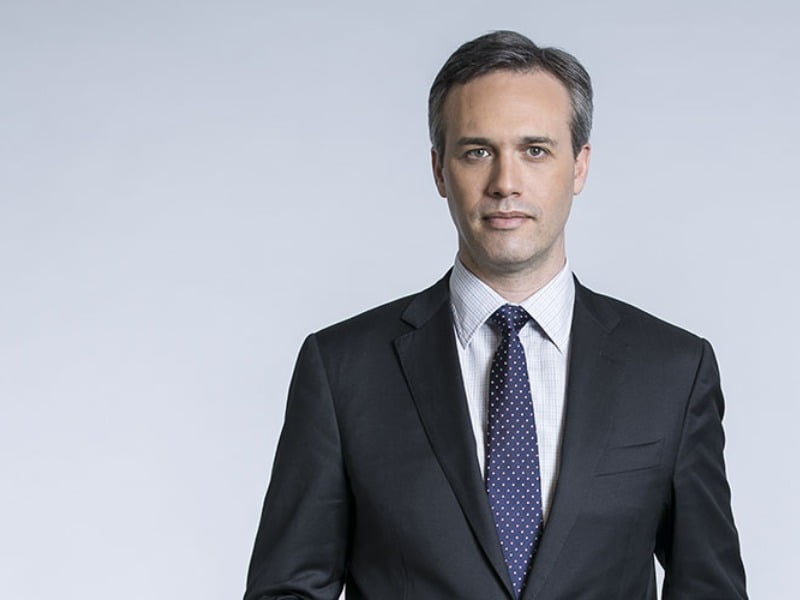Former Australian Human Rights Commissioner Ed Santow is leading the development of a “model law” for facial recognition technology in Australia, warning the current absence is allowing the technology to be misused.
The new project being conducted by the University of Technology Sydney (UTS) will examine other countries’ attempts to regulate facial recognition technologies to inform a potential Australian approach, which Mr Santow said will be available to policymakers midway through this year.
Currently there are no dedicated laws for facial recognition in Australia, which has allowed it to be used with little oversight in various applications, including law enforcement, home quarantine programs and even covertly by businesses.
Experts, including Mr Santow, have called for a halt to facial recognition in high-risk situations across Australia until appropriate protections are enshrined in law.

In high risk, one-to-many facial recognition applications the consequences of an error can be “catastrophic”, Mr Santow told InnovationAus, noting these one-to-many applications are already happening in Australia, including by law enforcement to identify suspects.
“One-to-many facial recognition – something that can identify people in a crowd – is still very experimental and still subject to very high rates of error. Even the best one-to-many facial recognition is much more prone to error than probably anyone you know who isn’t blind,” Mr Santow said.
Facial recognition errors have also been shown to disproportionately affect certain groups.
“It’s far less accurate in identifying people with dark skin, women, people with a physical disability than, say, a white middle-aged man. So, that’s a misuse problem,” Mr Santow said.
The overuse of facial recognition is also a problem and pushes Australia more towards a “surveillance state”, according to Mr Santow, who was Australia’s Human Rights Commissioner for five years to 2021.
His tenure had a sharp focus on technology’s impact on rights, including a landmark three-year report calling for widespread reform and a moratorium on facial recognition in high-stakes decision-making.
The federal government is yet to respond to the 38 recommendations in the Human Rights and Technology Final Report, which was released in May last year.
Asked about a government response, a spokesperson for the Attorney General’s Department said a formal one is not likely.
“There is no requirement for Government to formally respond to the Report, however the Report will inform Government’s continued engagement on the various issues raised,” the spokesperson told InnovationAus.
The report had called for various reforms, including better enforcement of existing laws and new ones where needed.
“There were some special cases where legislation is needed. And facial recognition is one of those special cases because it is truly quite novel what is being developed and how it’s being used,” Mr Santow said.
The UTS project is not a direct response to a lack of action, Mr Santow said, and the government had generally been supportive of his work on technology while Commissioner. But he would still like to see a response as soon as possible.
“It’s really a question of urgency,” Mr Santow said.
“We did the most extensive consultation anywhere in the world on the human rights and social implications of AI and other new tech. And the community was crystal clear in saying that they wanted action from government to safeguard their basic rights. So I think the government should listen to that and act quickly.”
At the end of his term last year Mr Santow joined the UTS Centre for Social Justice & Inclusion as industry professor – responsible technology.
The centre’s Facial Recognition Model Law Project, which also includes leading AI expert Dr Niels Wouters, will assess Australia’s current system and the ways other countries are regulating facial recognition technology, with additional input from experts and community.
The goal is to create a model law for facial recognition technology in Australia that prohibits harmful activity while encouraging innovation for public good. While it will stop short of drafting legislation, the final report will essential be instructions for a new law and what it should achieve.
Facial recognition red lines will be a focus but the project is also exploring what sort of low-risk applications could be encouraged by government to enhance “positive innovation”.
Mr Santow believes there is an appetite for facial recognition technology law reform in Australia, pointing to the government’s attempt to establish a national biometrics database and underlying legislation in 2019.
The plan was heavily criticised and the legislation was rejected by the national security committee but the bill is expected to be redrafted.
“There’s clearly a desire on the part of government to use the technology itself and to encourage others to use it well.” Mr Santow said.
“And there’s a recognition even in the current government that there needs to be a legal framework…so I’m really hopeful that when our report is finalised, that it will be seen as very positive and constructive and helpful.”
This article has been updated to include a comment by the Attorney General’s Department.
Do you know more? Contact James Riley via Email.


Thanks for sharing your essay and your ideas. Nice projects and nice ambitions.